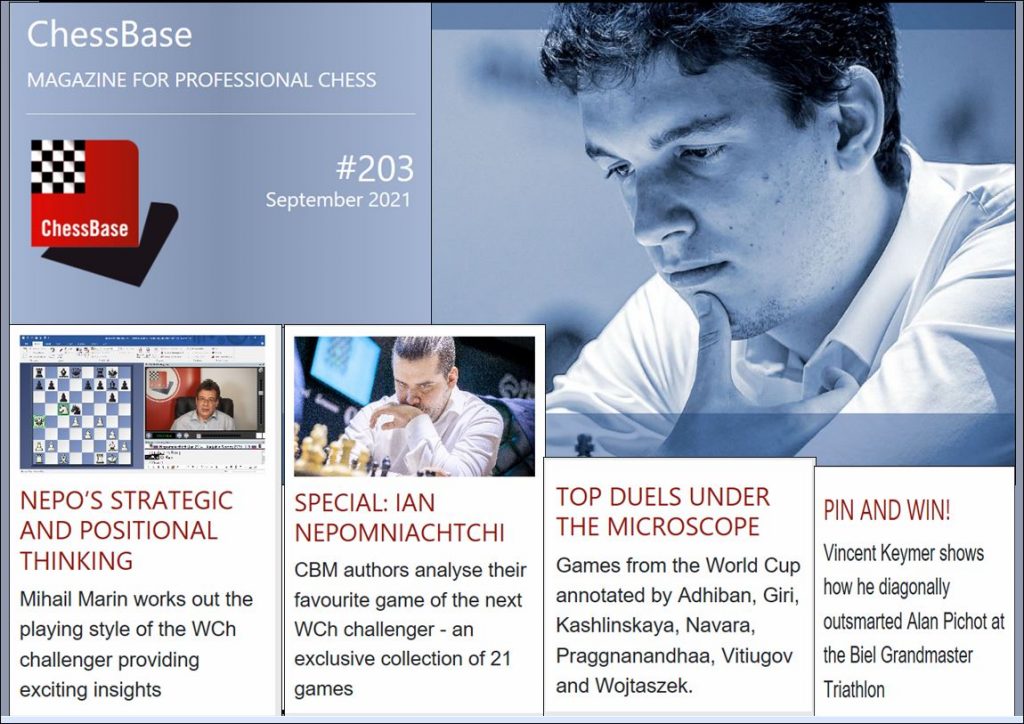
Once upon a time I thought of writing an article for my new website describing Nepo, the challenger to the world champion, through different games and his bio. Unfortunately working in the healthcare field this year has meant many things, one of them working over time when other nurses got the virus and were obliged to quarantine, or working more over time because nobody wants to work on holiday weekends…
Practically a bunch of excuses to explain why I created a directory with Nepo on my computer, but never finished to write the article… why is this related to Chessbase Magazine? Because in this issue there is a series of articles to discover Nepo, the first one which caught my attention had 21 annotated games, which quite well covers Nepo’s career and development. Often we buy books with hundred of games from a champion we’d like to learn more, but we never actually read the book because there are too many games, or the endless computer annotations mean little.
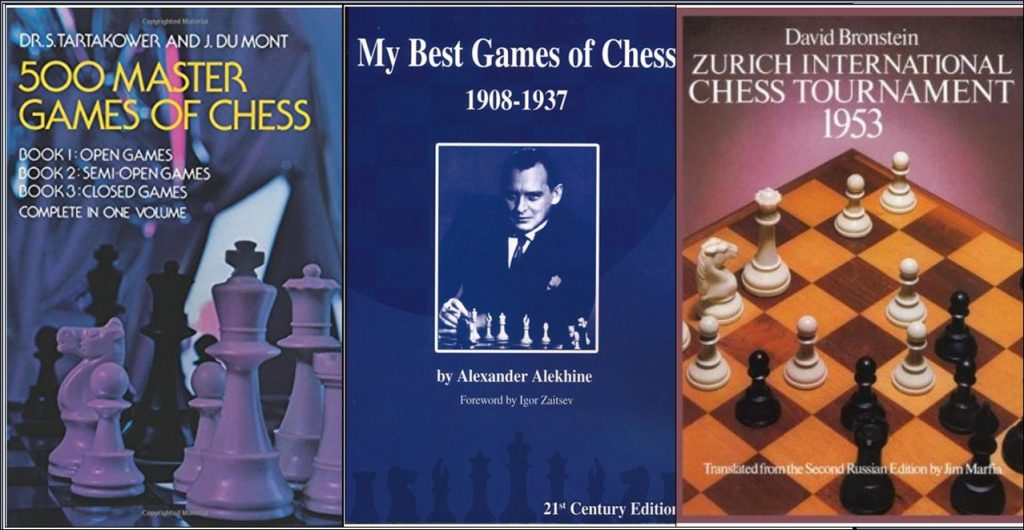
Instead here there is the chance to know a top chess player who if lucky could become the next World Champion, and this before the world championship match begins, giving us a better appreciation for the match to come.
As always I point out some advantages of having a Chess Magazine in electronic format, compared to paper. Yes, of course we are saving the Amazon forest or the few acres left of it, but more importantly we can have like in the Nepo case, 21 annotated games, which would use maybe 40-50 pages of a chess magazine on paper.
I’d like to share a game annotated by Moskalenko, because I’m reading his latest book on the French,

and I published a month ago or more, a detailed review on a book written by GM Lemos always on the French ( https://chessnewsandviews.com/the-french-defense-damian-lemos-everyman-chess-2021/). In this sense the Chessbase Magazine has a very important role, because it helps me remember what I saw in the books above mentioned, and eventually add to the knowledge gained by those books.
Why did I like this game? Because move 15 by Black (15…Kd7!!) is simply amazing for me, it shows the fluidity of the mind of a great player, who plays what needs to be played in a certain position, and the subsequent queen maneuver which shows why Chess is a strategic game.
Enjoy this masterpiece:
GM Adibhan chose three short games to annotate. I’d like to share one, because it’s once more on the French, but this time Nepo is playing the White side.
If this was all on Nepo, well one could be disappointed, just 21 annotated games… well there is more, GM Marin adds a video on Nepo’s positional thinking showing 16 games which discuss the following categories: Static Positions, Maneuvering and regrouping, and Fighting for the initiative.
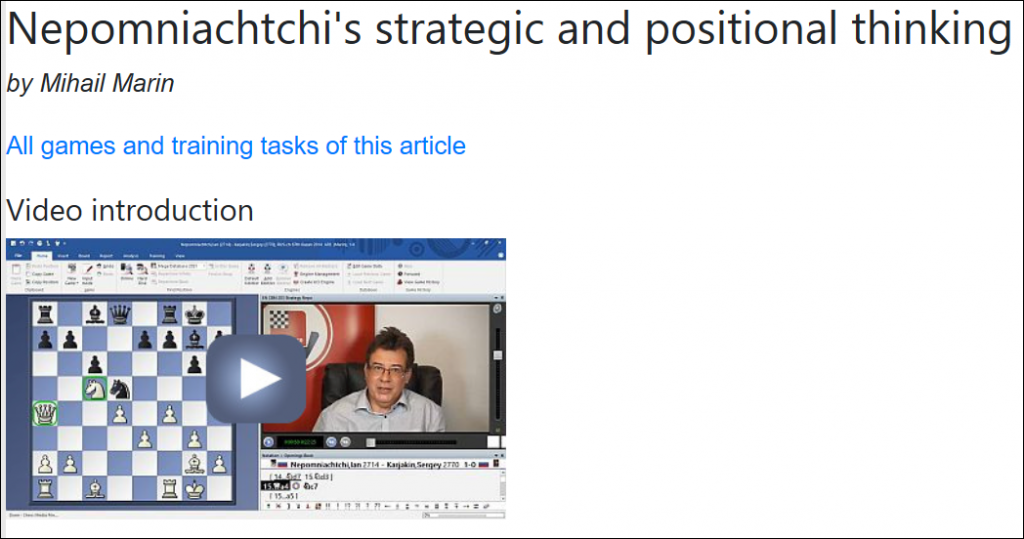
Yes we couldn’t have videos on a paper magazine or a chess book. Then follows up the Endgame coach par excellence, GM Mueller, with a lengthy article based on 13 of the best played Nepo’s endgames.

In few days I have an eight rapid games match, and I need to have a repertoire which is flexible and tests my opponent. The section I like to read in this case is called: “Ideas for your repertoire.”

Yes, this is the greatness of Chessbase Magazine, it gives me ideas I can use to surprise my opponent. Generally I don’t play 1.e4 but the article by Robert Ris: Vienna Centre Game, is definitely what one can use to surprise a player using 1…e5 against 1.e4

The section “Tune your Tactics” is prepared by Oliver Reeh, the theme for this issue of CBM is “Dark Squares Disasters” 34 games were selected showing the different ways one can take advantage of weakness of the dark squares. Yes, to study the positions, come up with the right answers, and read further explanations will take hours, and just a section like this could improve our game of many rating points, because we will acquire a deeper understanding of the game, and we will be able to apply to our tournament games, as well as when watching games by top GMs.
Here some of the positions and questions asked by Reeh:
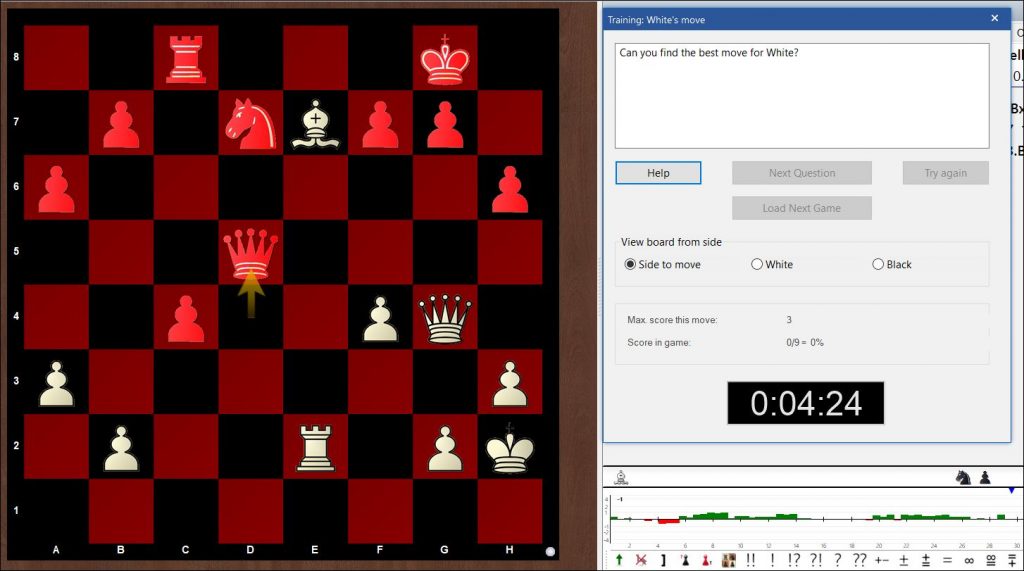
Upon finding the correct series of moves, Reeh gives feedback, and a rationale, and shows why they are correct, like if we had a coach in our home explaining us the important details of the position.
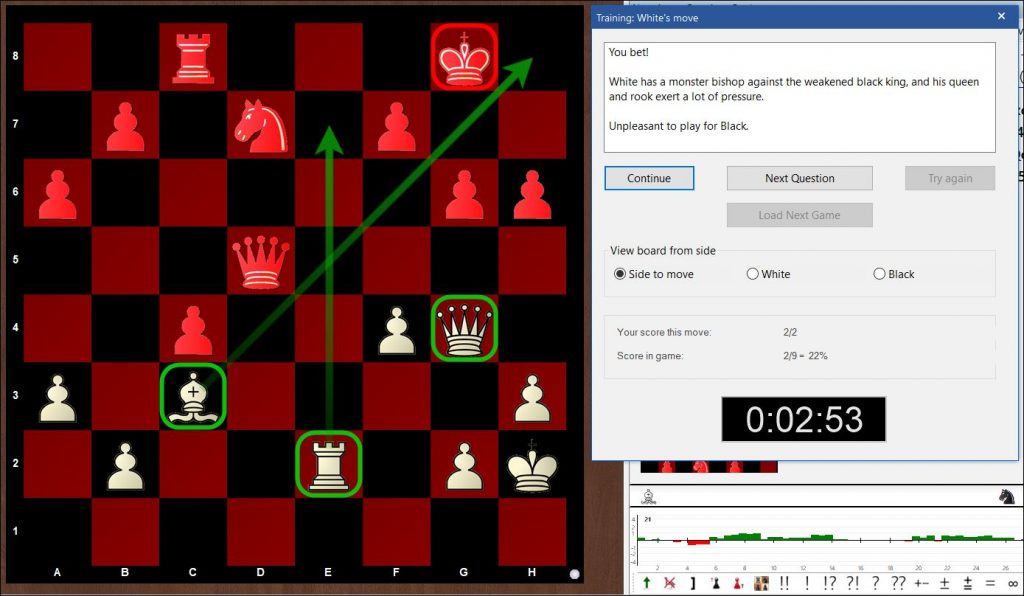
In some cases we are given a line to visualize and then asked to provide an answer which is not a move but our own final evaluation while the clock is ticking like in a real game:
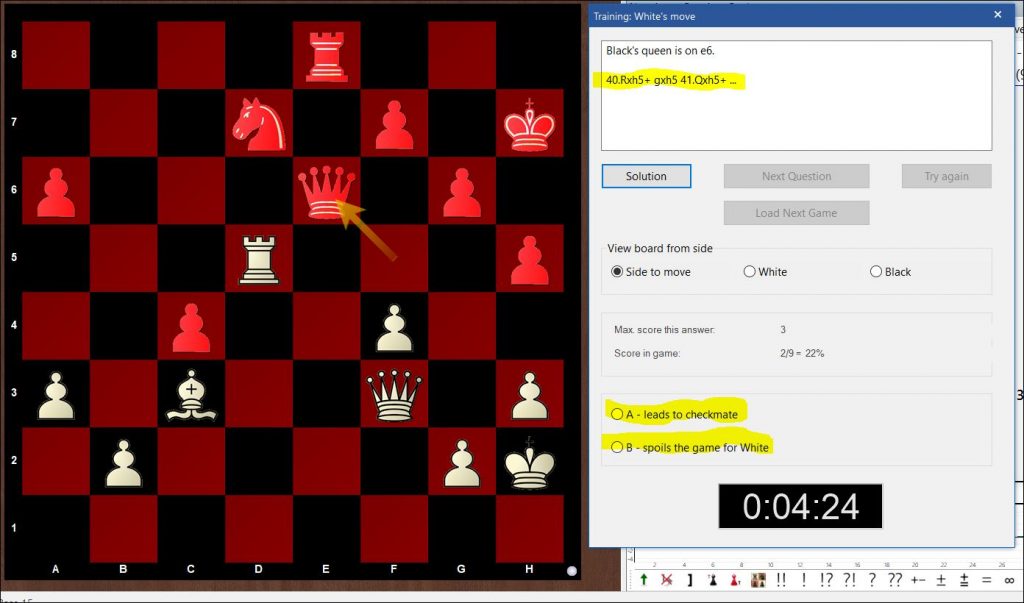
CBM 203 ends with a section titled: All the games of this issue. There are a total of 1216 games. One of the most important ways to improve our chess is to watch games where there is a gap between the players of 3-400 or more rating points, because it shows immediately the difference in chess understanding of the middlegame, the depth of calculation, as well as the feeling for the tactics, or the difference in opening preparation, and of course sometimes the mastery over the endgame.
Here a couple of games I found interesting with such gap, inside Chessbase Magazine one can find many more. ( I provide the games without commentary, If one wants to see the games annotated please buy CBM – Adhiban commentary to his game is truly interesting and worth studying)
Pro and Con: In the section Ideas for your repertoire, there is an interesting article on the Vienna, by IM Ris, however like it often happens I believe a titled player cannot really fathom which moves are played in an open tournament at amateur level. For example after the moves: 1. e4 e5 2. Nc3 Nf6 3. d4 exd4 4. Qxd4 Nc6 5. Qd3 IM Ris provides 5 possible moves for Black: Bb4 – Bc5 – d5 – g6 and Be7
But he didn’t write even one note on a move which surely will not be played at 2600+ level (the rating of the games he took into consideration) but which surely will be played in the tournaments I play where we don’t see many 2600 rated players playing. The move is 5…Nb4 attacking the queen.
Now it’s true in Megabase, over 8 million games, I found only 2 with such move, but the point here is: in my 10 years playing chess, maybe 400 tournament rated games, I didn’t play 1 game against a 2600, while I do play against 1700 all the time.
Here the two games:
Obviously the game to take as example in order to play against 5…Nb4 is the one played by the 2300 rated players who refuted Black’s moving over and over the same piece. Yet, for some of us to find such move into a tournament game could be unpleasant.
However this article is great because it could give an easy repertoire to remember for someone playing 1.e4 knowing your opponent will reply with 1…e5.
Yet one needs to have other tools like Megabase 2021, in order to explore more games, or possible sidelines not treated by Ris.

Final thoughts: Listening FM Giannatos saying it’s important to read books with game collections, it made me think that today, thanks to technology, the chess improvement of an average player like me changed a lot. We can have a game collection with many annotated games every 2 months! How? Just getting the latest issue of Chessbase Magazine. A wealth of games coming from different tournaments, with different time controls, teaching us the latest ideas in terms of opening theory, as well as strategic maneuvers, or very important endgames one should know in order to convert a material advantage into a win. Just for the article on Nepo with 21 annotated games, one should consider to subscribe to Chessbase Magazine. However the amount of knowledge and training one receives from CBM is worth it, because it’s like a series of GM lessons. Honestly there is much more to say upon Chessbase Magazine, I do believe their staff is doing an amazing job, the wealth of games and positions can also be used by chess coaches for their students too.
